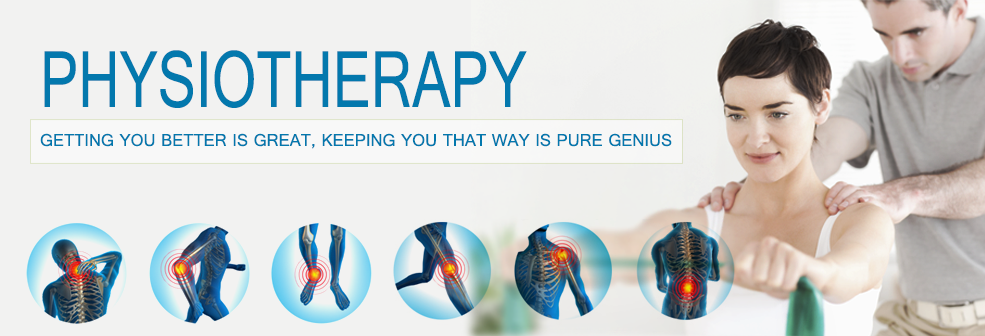
Treatments Include in Physiotherapy

1. Paediatric Physiotherapy
When I tell people I am a paediatric physiotherapist, or a physiotherapist who works with babies and children, people frequently respond with, Um, ok. What do kids need to see a physio for?. Kids need Physio for many different reasons. Perhaps the most obvious is because children get injured too. And in fact children’s bodies are still developing, they are more susceptible to get injured than other age groups, but they are good at getting healed faster compared to others, especially with the correct management. Most of people have an idea of what physiotherapists might do for adults, to help people with movement difficulties. This might include helping people following injuries like rolled ankles, hamstring strains, helping people those who have painful knees, and helping people to learn again following surgery or a neurological injury such as a stroke or a brain injury.
2. Neurological Physiotherapy
Neurological physiotherapy involves the treatment of people with movement and function disorders that have originated from problems within the body’s nervous and neuromuscular system. Common neurological conditions include: Parkinson’s disease, Functional Neurological Disorders, Stroke, CVA or TIA, Traumatic brain Injury/head Injury, Multiple sclerosis, Bell’s palsy. Depending on the medical condition, the effects may range from motor deficits, paralysis, tremor and spasm to ataxia or lack of sensation.
This is because damage to the central nervous system can lead to the breakdown of afferent and efferent pathways carrying nerve signals to and from muscles and organs, causing the symptoms of neurological conditions.

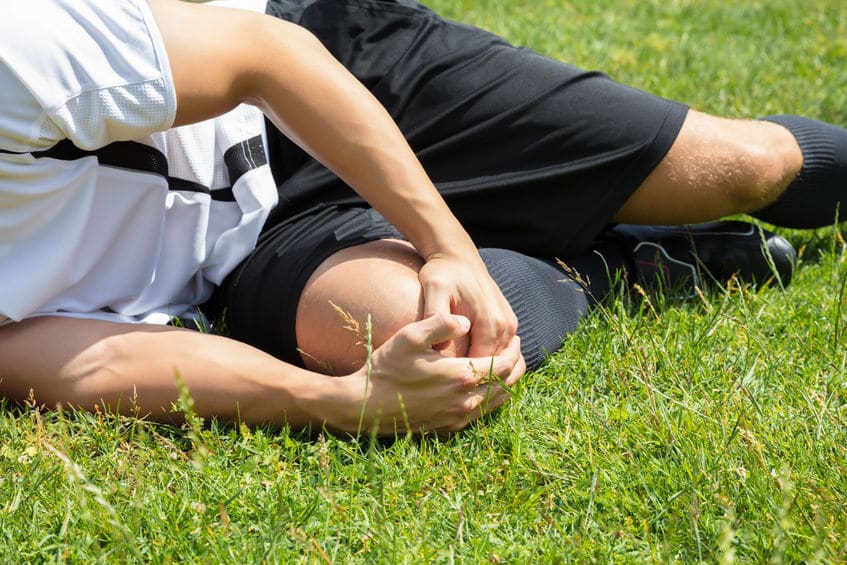
3. Physiotherapy for Knee Pain
Knee is the largest joint in our body and it can be get easily injured. A simple hinge joint which only allows to extension and flexion, and it is complex structure of bones, ligaments, cartilage, and tendons which are susceptible of fractures, strains, tears, degeneration, and sprains over time. So Whether you are a competitive athlete, a weekend warrior, or a daily walker, dealing with knee pain can put a kink in your favourite activity. These include pain caused by: tendinitis, meniscus tears, bursitis, osteoarthritis, tendinitis, overuse, sprained knee ligaments.
Exercise for knee pain recovery: Heel and calf stretch, Half squat, Side leg raises, Hamstring stretch, Hamstring curl, Straight leg raises, Prone leg raises, Calf raises, Quadriceps stretch, Leg extensions
4. Frozen shoulder physiotherapy
Frozen shoulder (also called adhesive capsulitis) is a common disorder that causes pain, stiffness, and loss of normal range of motion in the shoulder. The resulting disability can be serious, and the condition tends to get worse with time if it’s not treated. It affects mainly people ages 40 to 60 — women more often than men.
Stretching exercises: Armpit stretch, Outward rotation, Finger walk, Cross-body reach, Inward rotation, Towel stretch-Hold one end of a three-foot-long towel behind your back and grab the opposite end with your other hand.
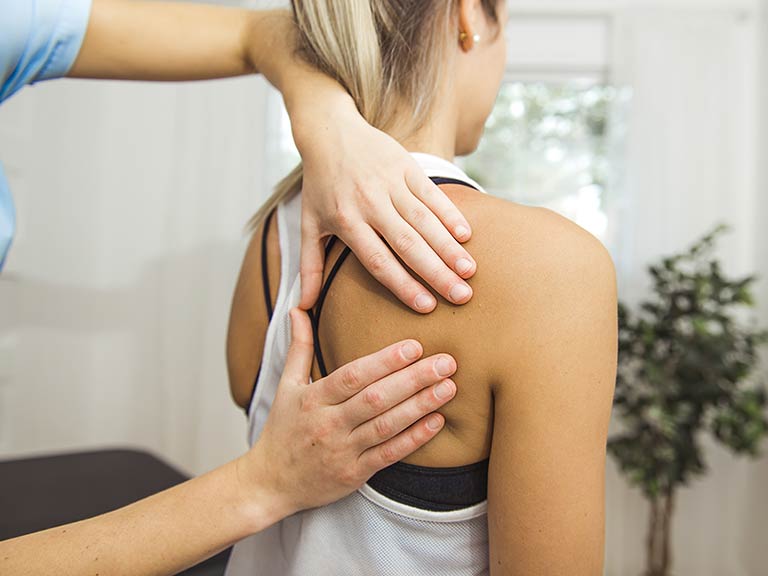
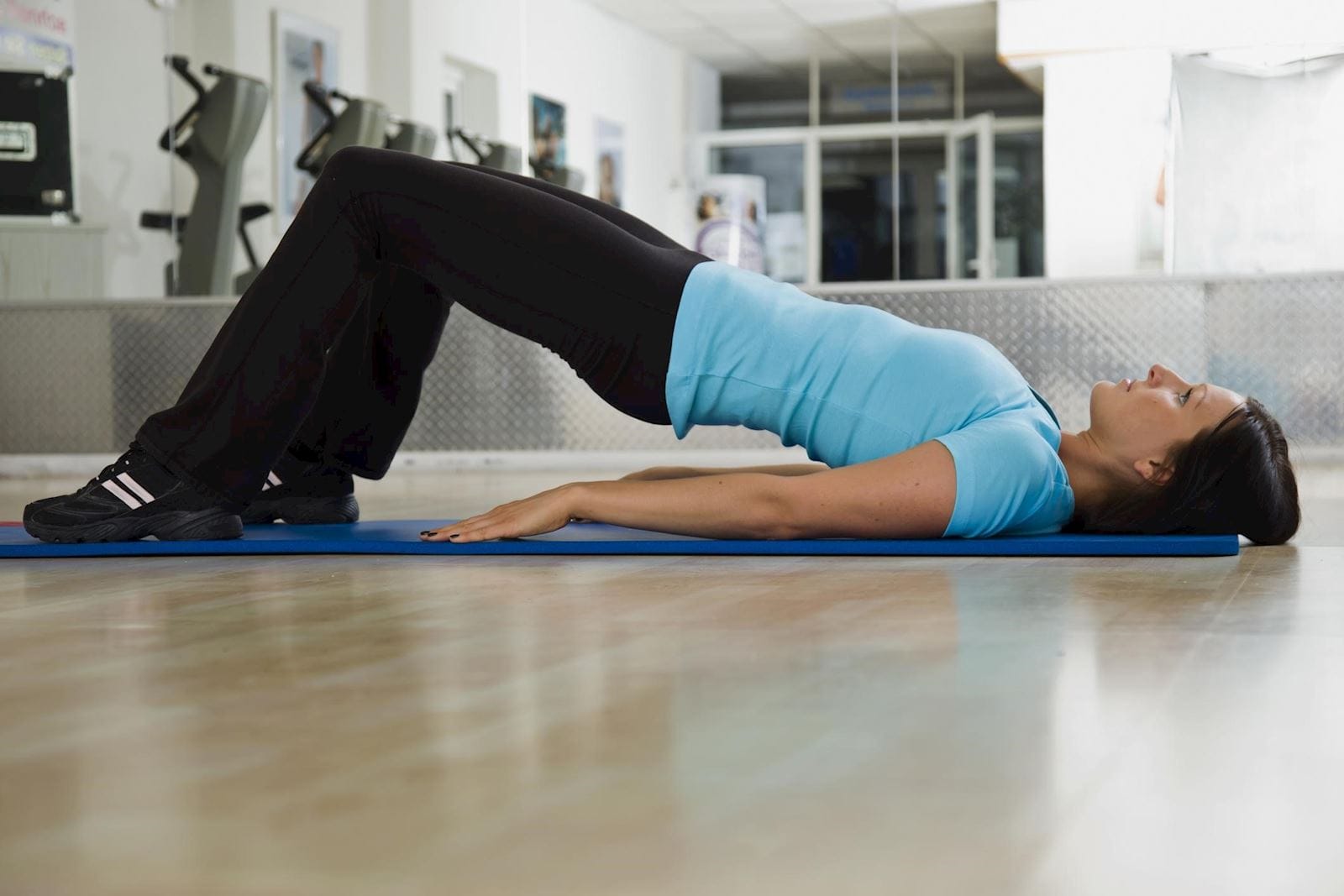
5. Physiotherapy for Lower back Pain
When you have a sedentary lifestyle, there are several problems that you might suffer. One of the most common issues is a problem with the
lower back, which can be extreme painful. A few easy exercises can offer relief. When you do them consistently, these exercises can
give you long-term relief from chronic lower back pain.
Here are ten exercises your physical therapist might suggest you use. Make sure you follow their instructions these are just summaries.
Cat pose, Knee to Chest, Bird Dogs, Wall Sits, Hip Stretches, Prone leg lifts, Partial Crunches, Press-up Back Extensions, Bridges, Side twists.
6. Shoulder pain
Physiotherapy treatment can help by reducing the pain, gently stretching and mobilising some of the tissues around the joint and helping you with some exercises. Your physiotherapist may also use acupuncture and specialised taping techniques to reduce pain and support the delicate muscles around the shoulder and neck. Shoulder instability is usually treated without surgery unless there is a significant injury that has damaged the shoulder joint. This is most common in young people after sporting injuries or after epileptic fits. It is important to try and restore normal movement and activity as soon as possible after a shoulder dislocation.
Stretching exercises: Assisted shoulder flexion, AAROM external rotation, Scaption strengthening.


7. Physiotherapy for Lower back Pain
When you have a sedentary lifestyle, there are several problems that you might suffer. One of the most common issues is a problem with the
lower back, which can be extreme painful. A few easy exercises can offer relief. When you do them consistently, these exercises can
give you long-term relief from chronic lower back pain.
Here are ten exercises your physical therapist might suggest you use. Make sure you follow their instructions these are just summaries.
Cat pose, Knee to Chest, Bird Dogs, Wall Sits, Hip Stretches, Prone leg lifts, Partial Crunches, Press-up Back Extensions, Bridges, Side twists.
8. Stroke
According to the World Health Organisation, a Stroke is defined as an accident to the brain with “rapidly developing clinical signs of focal or global disturbance to cerebral function, with symptoms lasting 24 hours or longer, or leading to death, with no apparent cause other than of vascular origin and includes cerebral infarction, intracerebral hemorrhage, and subarachnoid hemorrhage”.
Acute stroke is also commonly called a cerebrovascular accident which is not a term preferred by most stroke neurologists. Stroke is NOT an accident. The better and more meaningful term is “brain attack”, similar in significance to “heart attack”
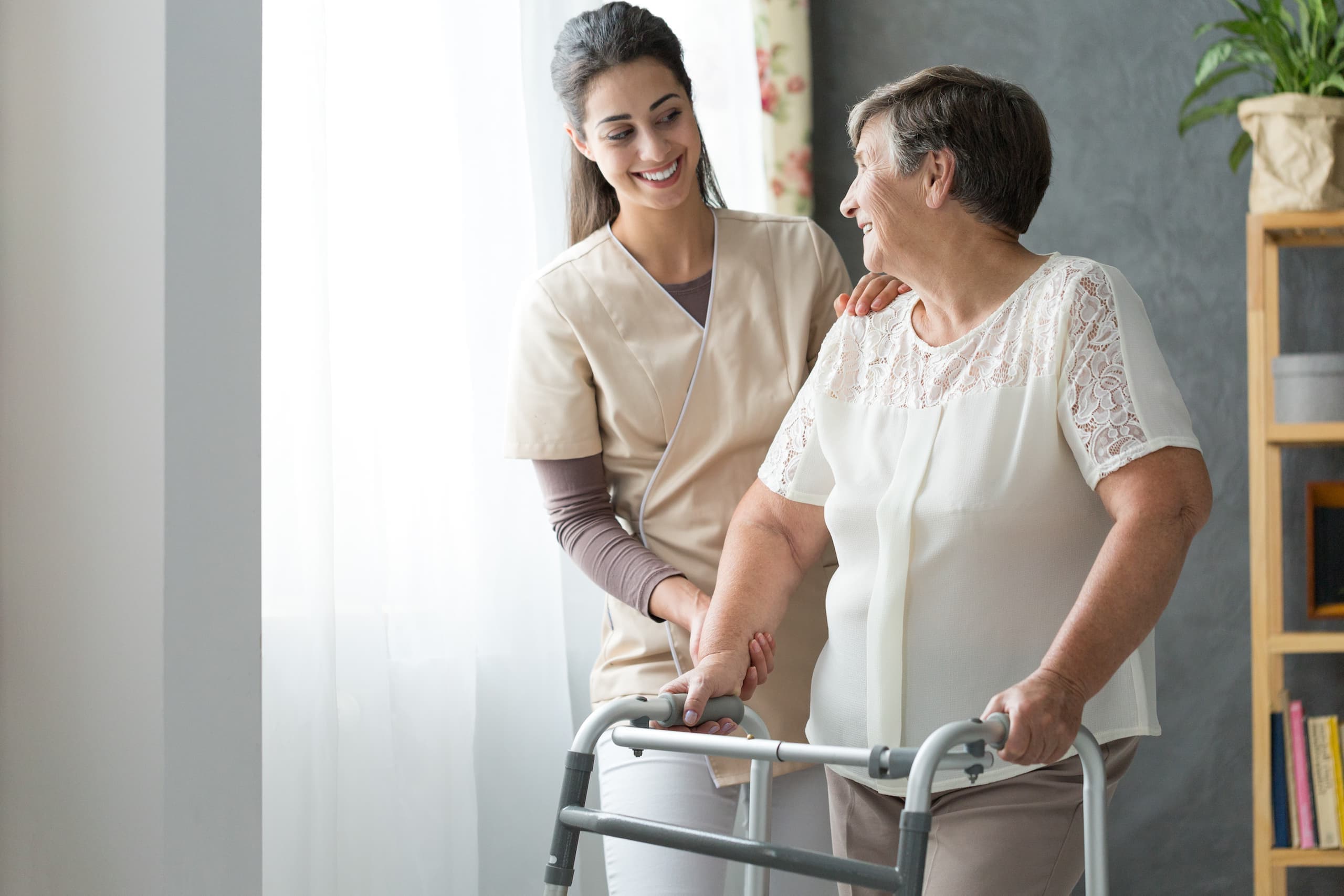
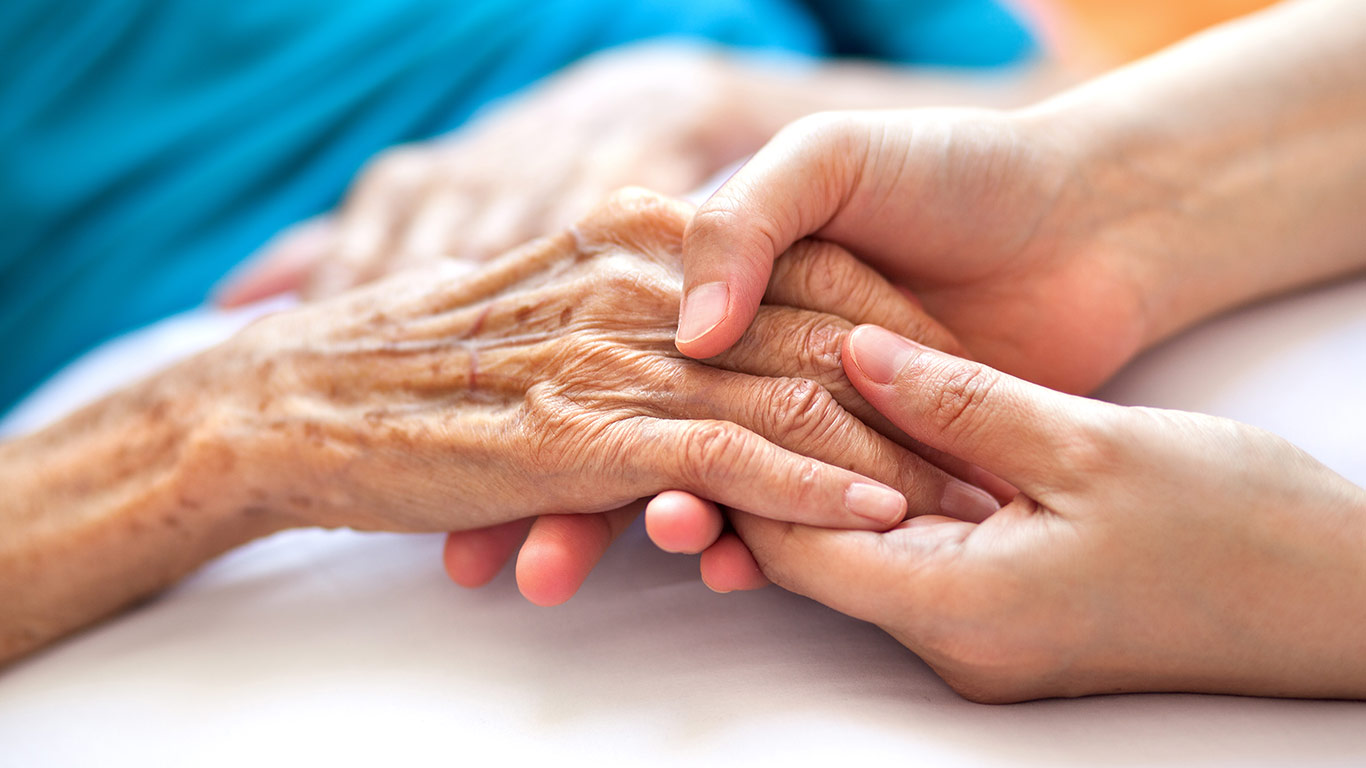
9. Geriatric
Geriatrics, or geriatric medicine is a specialty that focuses on health care of elderly people. It aims to promote health by preventing and treating diseases and disabilities in older adults. There is no set age at which patients may be under the care of a geriatrician, or geriatric physician, a physician who specializes in the care of elderly people. Rather, this decision is determined by the individual patient’s needs, and the availability of a specialist. It is important to note the difference between geriatrics, the care of aged people, and gerontology, which is the study of the aging process itself. Diseases interact with pure
aging effects to cause geriatric-specific complications, particularly in the weak-link systems even when those organs are not the primary ones affected by a disease. Aging organs are also more susceptible to injury. Eg, intracranial haemorrhage is more common and is triggered by less clinically important injury in older adults.
10. Tennis Elbow Physiotherapy
Tennis elbow, or lateral epicondylitis, is a painful inflammation of the elbow joint caused by repetitive stress (overuse). The pain is located on the outside (lateral side) of the elbow, but may radiate down the back of your forearm. You’ll likely feel the pain when you straighten or fully extend your arm.
Gradual progression of exercises is essential to increase tendon tolerance to loads. The following are different ways to progress your exercises:
• Fingers flexion vs extension: beginning with fingers in flexion then progressing to extension to load the long extensors.
• Adding weights: whether by an exercise band or dumbbells
• Elbow and forearm position: begin with flexed elbow and forearm in supination, then progress by increase elbow extension angle.
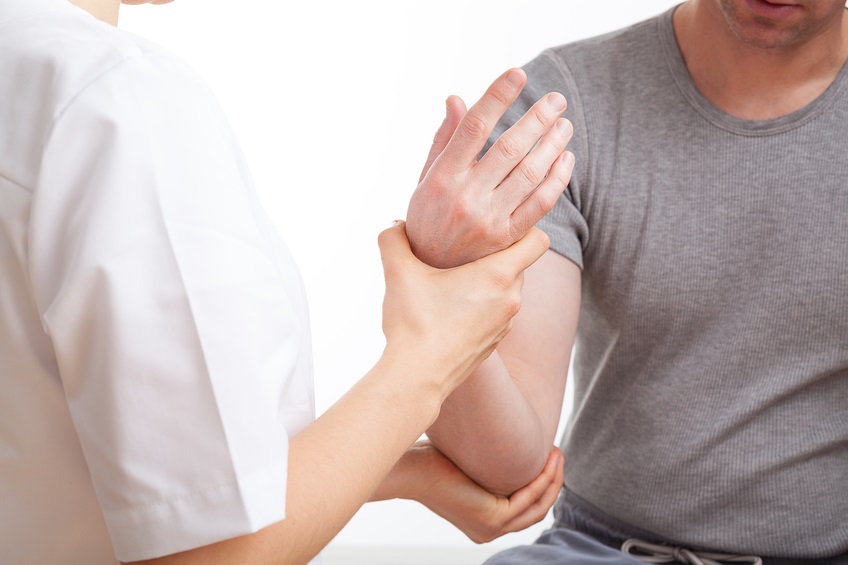

11. Postnatal Physiotherapy
The period where new mother body go about its recovery phase is known as postnatal period. mother body that has undergone the process of pregnancy and birth and gradually changed into body shape and function.
The period capriciously distribute into three phase; first acute phase follows 24 hour from delivery, second sab-acute phase follows 7 days from delivery, third late phase follows 6 weeks upto 6 month from delivery. The third phase which is late phase related to major muscles tone and connective tissue recovery the phase is gradually slower than acute and subacute phase from the pregnancy state
12. Cardiorespiratory physiotherapy
Cardiorespiratory physiotherapy is an area of physiotherapy that specialises in the prevention, rehabilitation, and compensation of clients with diseases and injuries in the heart and lungs. These conditions may manifest themselves as shortness of breath, persistent cough, increased work of breathing or the reduced ability to exercise. Physiotherapists are pioneering new management techniques for non-organic respiratory problems like hyperventilation and other stress-related disorders as well as leading the development of cardiopulmonary rehabilitation and non-invasive ventilation. Cardiopulmonary physiotherapists use physical modalities to treat people. This may involve using manual techniques to clear infected mucus from a person’s chest, or using noninvasive ventilation to help a person breathe, or prescribing exercises to improve a patient’s functional exercise capacity.

